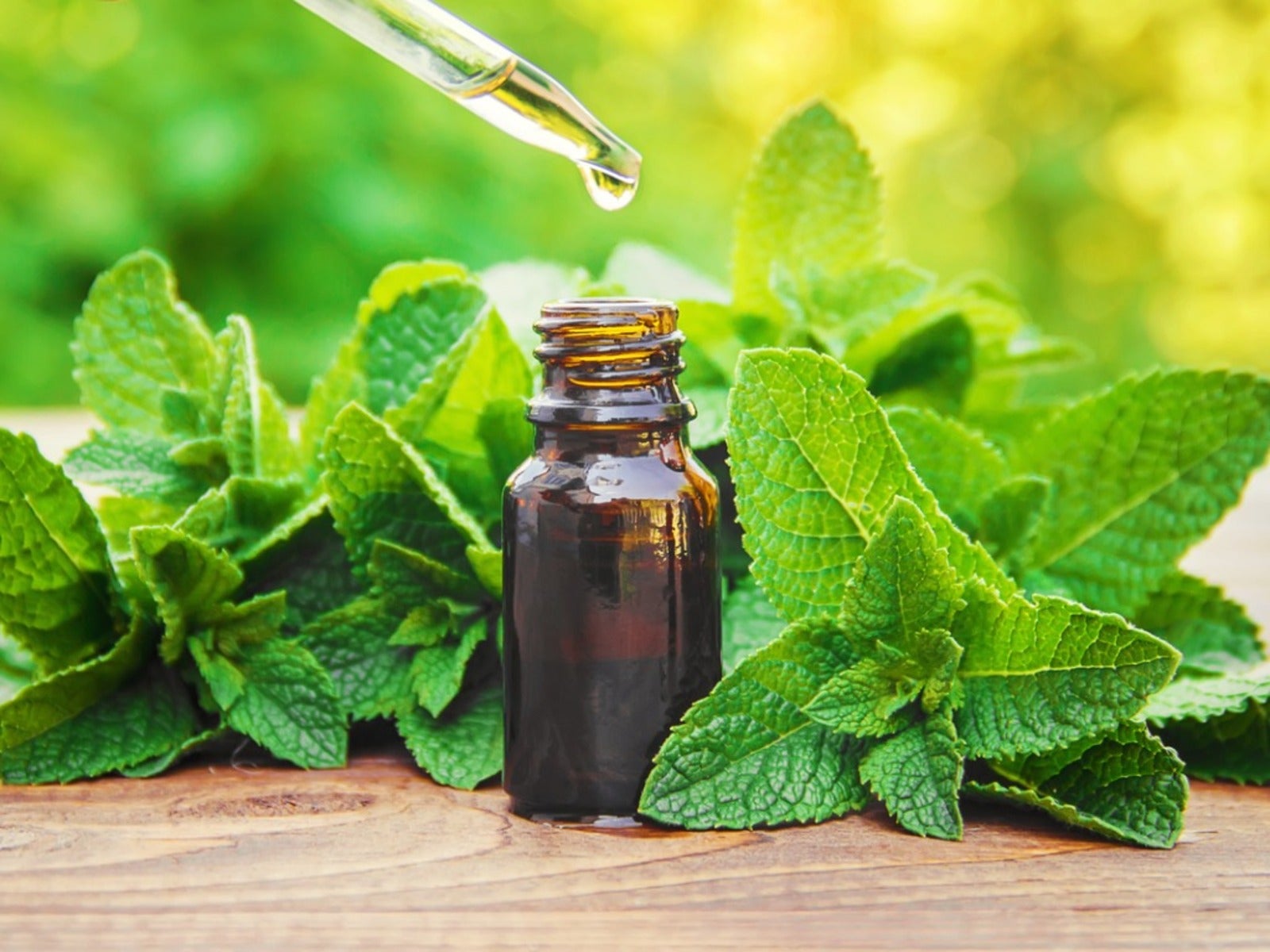Homegrown Mint Benefits Your Health


Natural herbs have been the cure and prevention for many health issues for centuries. These were often delivered in the form of teas, tinctures, and balms. The medicinal properties of mint have been lauded through the years, with many benefits touted. In the modern age, however, we may wonder, is mint good for you? Mint health benefits encompass aromatherapy, digestive enhancement, and as a decongestant, among others. Mint is readily available as an oil, dried tea, and is very easy to grow in the garden.
Modern medicine is a marvel, but many patients still prefer treating their symptoms with natural preparations. Long before today’s pharmacological catalog was available, the medicinal uses of mint leaves featured prominently in daily use for a host of health problems. The pungent flavor and aroma of mint was also used to mask strong odors, cleanse the mouth, and enhance appetite. Certain modern studies of plants in the Mentha genus have determined the herb can reduce stress, fight cancer cells, and even kill bacteria.
Is Mint Good for You?
A draught of mint tea has long been known to help a troubled tummy. It has also featured widely in products designed to increase air intake and clear stuffy heads. There are many species of mint in the Mentha genus, which grow naturally on every continent except Antarctica. Mint spreads rapidly and grows rampantly, which means it can become invasive in the home garden. It only requires minimal care and produces a prolific array of the tasty, aromatic leaves though.
Mint is well known in dessert dishes and has a role in many cuisines' savory recipes, such as Middle Eastern dishes like tabbouleh and the classic mint jelly with lamb. Outside of culinary applications, mint has surprising health benefits that can protect cells, enhance skin health, and cure a variety of ailments.
Medicinal Uses of Mint Leaves
The health benefits of mint tea are widely known as a digestive, but many more bodily issues will find help from the herb. The leaves are the part of the plant that's used, and they should be harvested before flowering. Mint leaves are excellent used fresh or dried for later use, although the flavor diminishes in dried leaves over time. Mint leaves can also be frozen for certain preparations. Mint is known to:
- Ease sour stomach
- Treat headache
- Treat fever
- Diminish aches and pains
- Calm the mind and relax the body
- Reduce asthma symptoms
- Provide antioxidant and anti-inflammatory assistance
- Treat cold symptoms
- Improve Irritable Bowel Syndrome
- Enhance brain function
- Relieve sore and cracked skin
Outside of medical applications mint has also been used to repel mice and rats, which do not like the odor.
How to Harness Mint’s Benefits
Mint is available to purchase fresh, as part of topical applications, in oil, and in capsule form. For the home gardener, the easiest way to enjoy mint from the garden is either as tea or water. Simply steep chopped, fresh, or dried leaves in water for several minutes. Strain the mixture and enjoy it hot or chilled for cooling mint water. Add sugar, lemon, or honey to taste. The fresh leaves may also be muddled with lime or other complimentary juice for a refreshing beverage. Chewing on fresh leaves will quickly aid in digestive distress.
Sign up for the Gardening Know How newsletter today and receive a free copy of our e-book "How to Grow Delicious Tomatoes".
Mint oil is useful for aromatherapy. Gently warm a neutral oil with plenty of chopped, blended, or ripped mint leaves. After the oil has warmed, let the mixture cool and strain out the leaves. Store in a sealed container in a cool, dark location. Mint vinegar lasts a long time and is easy to make. Cover mint leaves in vinegar in a glass or jar. Let the concoction steep for 14 days and then strain out the solids. Store similar to oil.

Bonnie Grant is a professional landscaper with a Certification in Urban Gardening. She has been gardening and writing for 15 years. A former professional chef, she has a passion for edible landscaping.